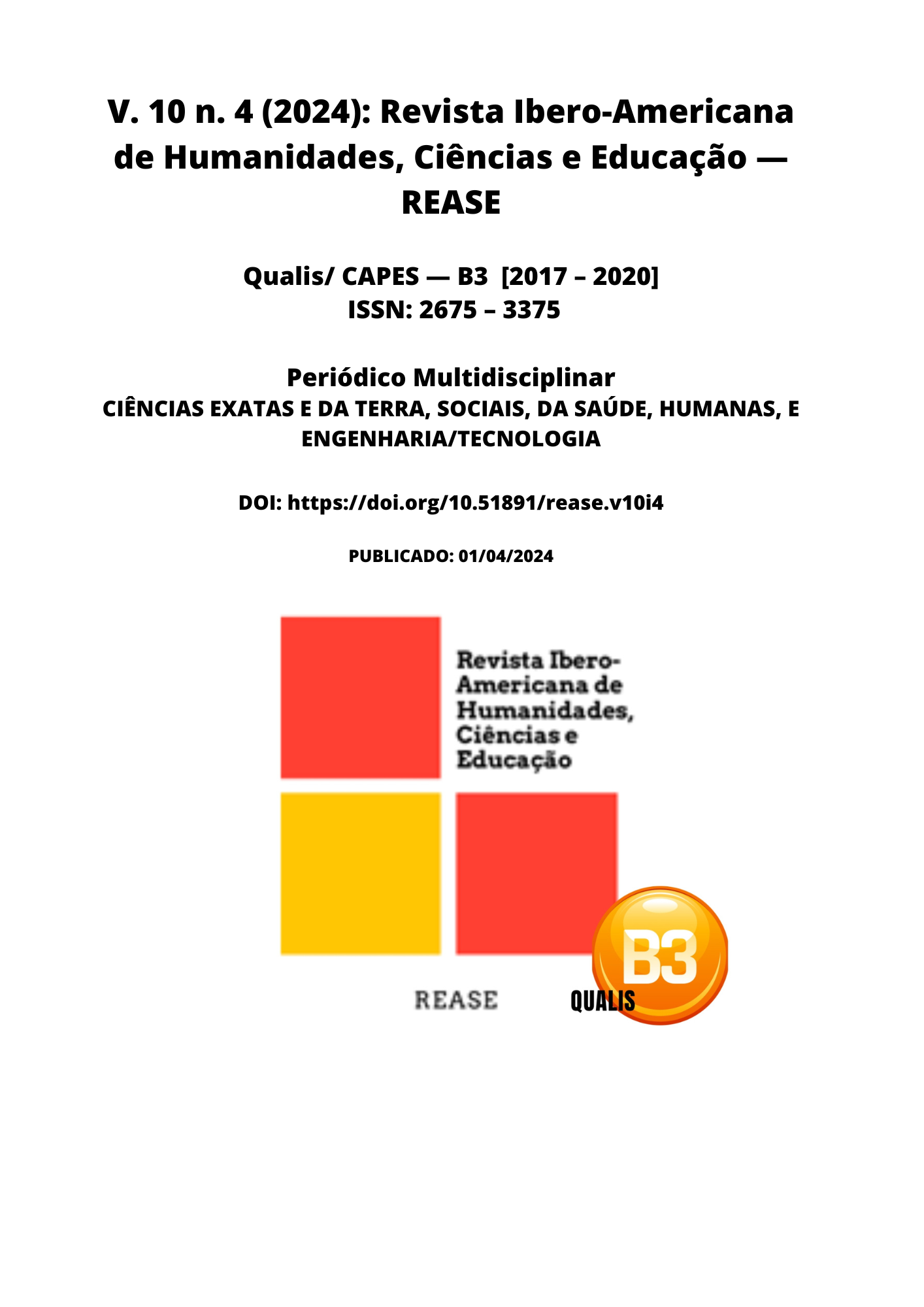BIOGAS PRODUCTION FROM SWEET SORGHUM SILAGE AND ANIMAL WASTE
DOI:
https://doi.org/10.51891/rease.v10i4.13437Palavras-chave:
Biofuel. Cattle manure. Goat waste. Sweet sorghum.Resumo
The objective of this work is to quantify the biogas produced in batch-type benchtop biodigesters, from the anaerobic fermentation of sweet sorghum, stored in silos for 12 months, associated with goat and cattle waste, respectively. The input and output waste (biofertilizer) from the biodigesters was analyzed for physical (solid) and physical-chemical parameters (pH and electrical conductivity). The yield (Lbiogas.kg-1SVad), biogas productivity (Lbiogas.L-1reator.d-1) and the added volumetric organic load - VOLad (kgSV.L-1reator.d-1) were calculated. The work was conducted at the Rural Construction Laboratory of the Federal University of Vale do São Francisco located on the Agricultural Sciences Campus. The hydraulic retention time was 30 days in the randomized block experimental design. The constructed biodigesters performed well in quantifying the production of biogas from organic substrate, promoting ideal conditions for the anaerobic digestion process to occur without oxygen contamination. However, there was no significant difference in biogas production between treatments. Treatment T2 (cattle manure) showed the highest yield (240 Lbiogas.kg-1SVad) with an average added volumetric organic load of 8 kgSV.L-1reactor.d-1. Treatment T5 (sorghum 50% + beef 50%) presented a higher numerical value of biogas productivity (0.0703 Lbiogas.L-1reator.d-1) in relation to the other treatments, however this difference was not significant at 5% probability using the Tukey test.
Downloads
Downloads
Publicado
Como Citar
Edição
Seção
Categorias
Licença
Atribuição CC BY

